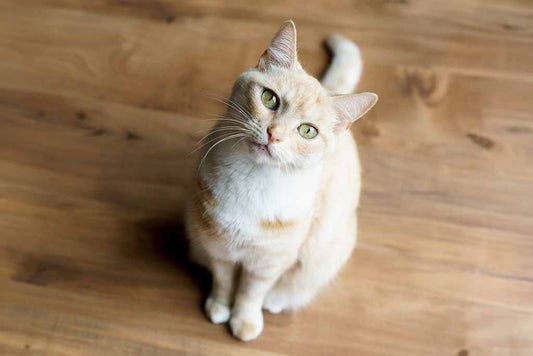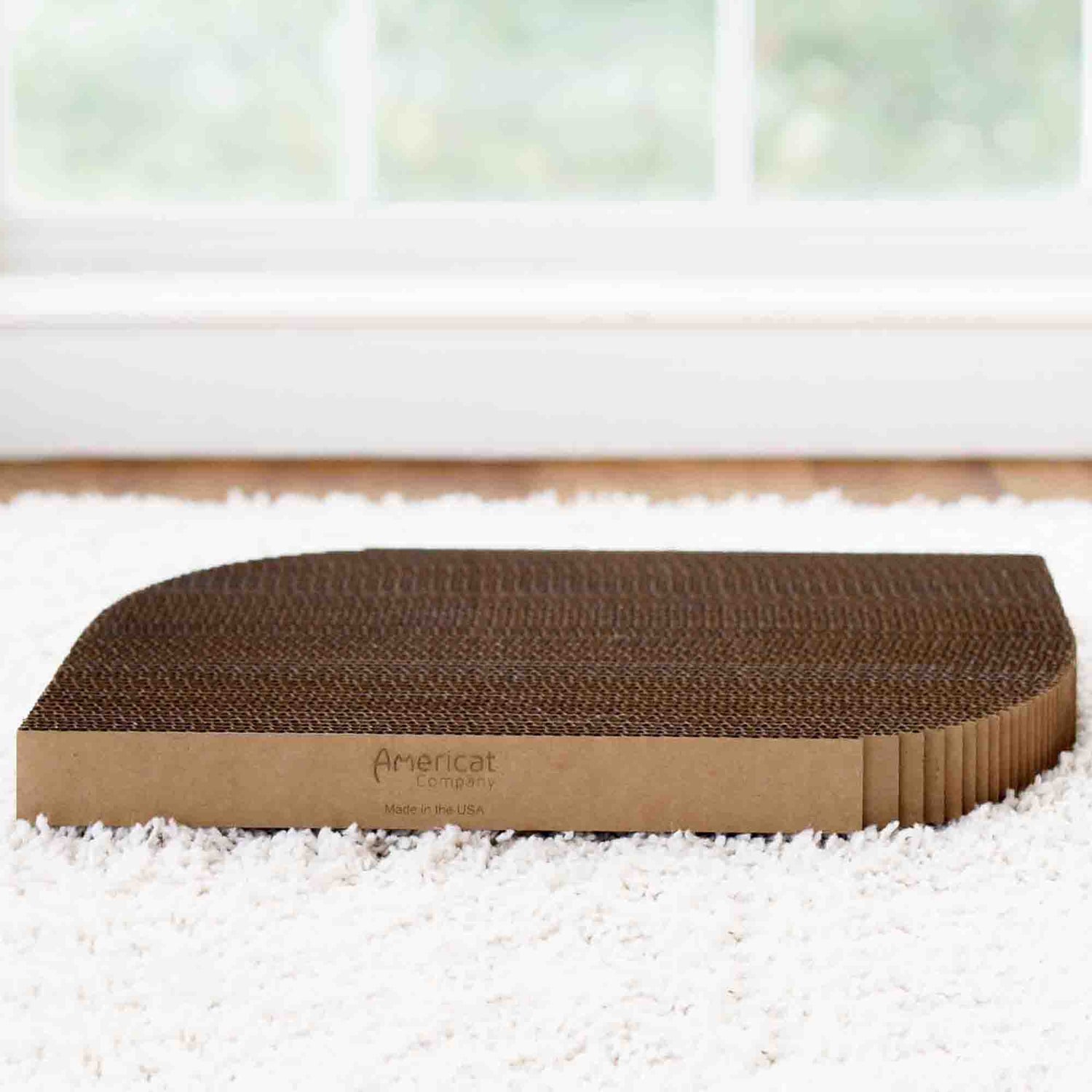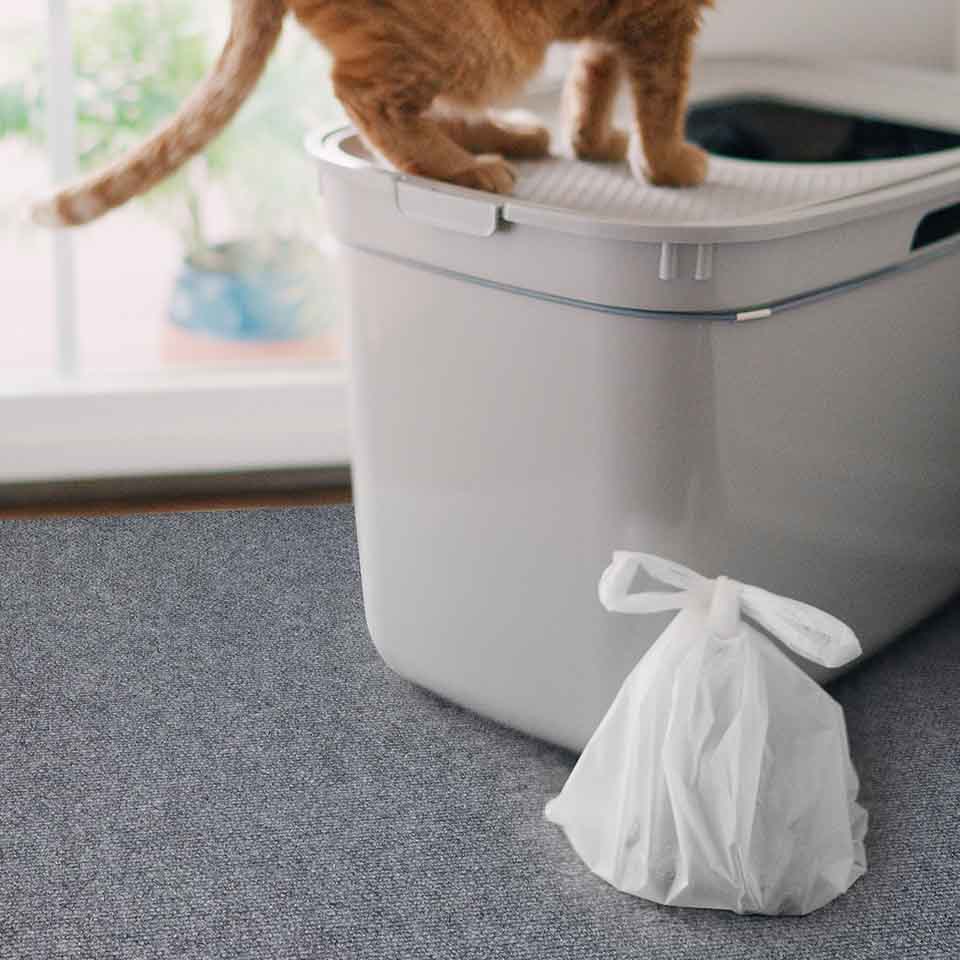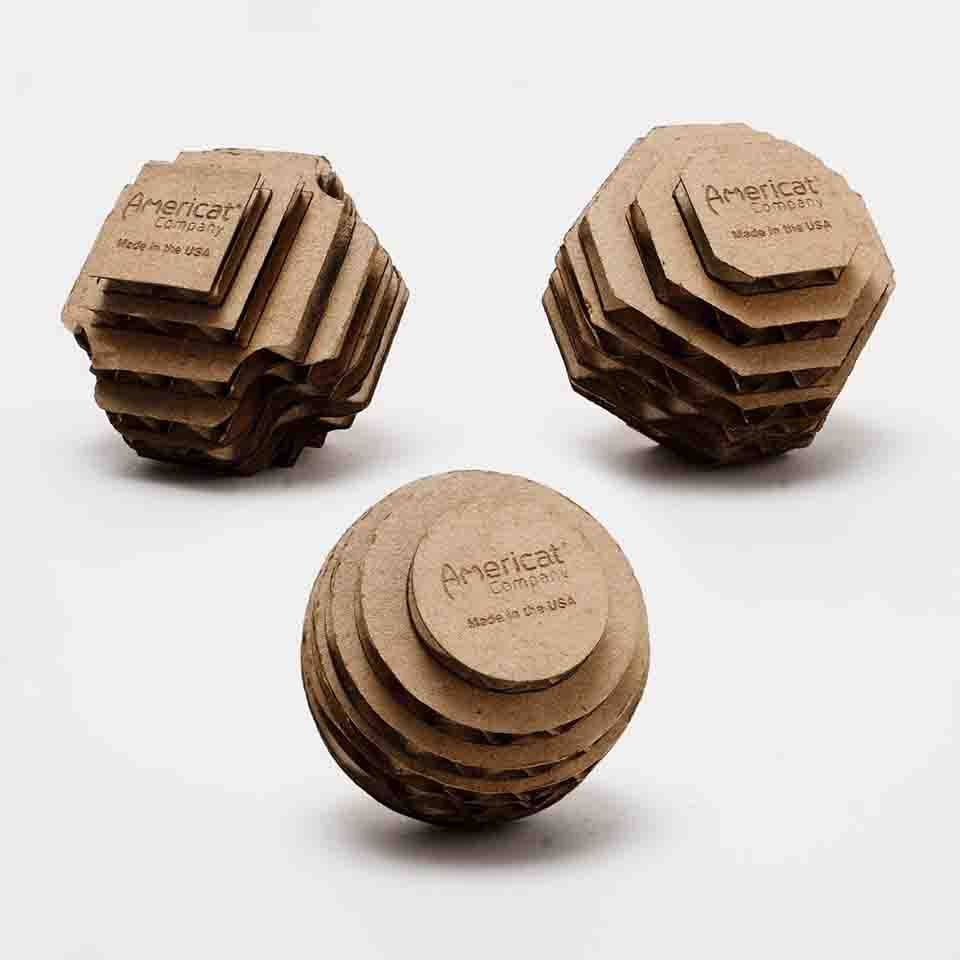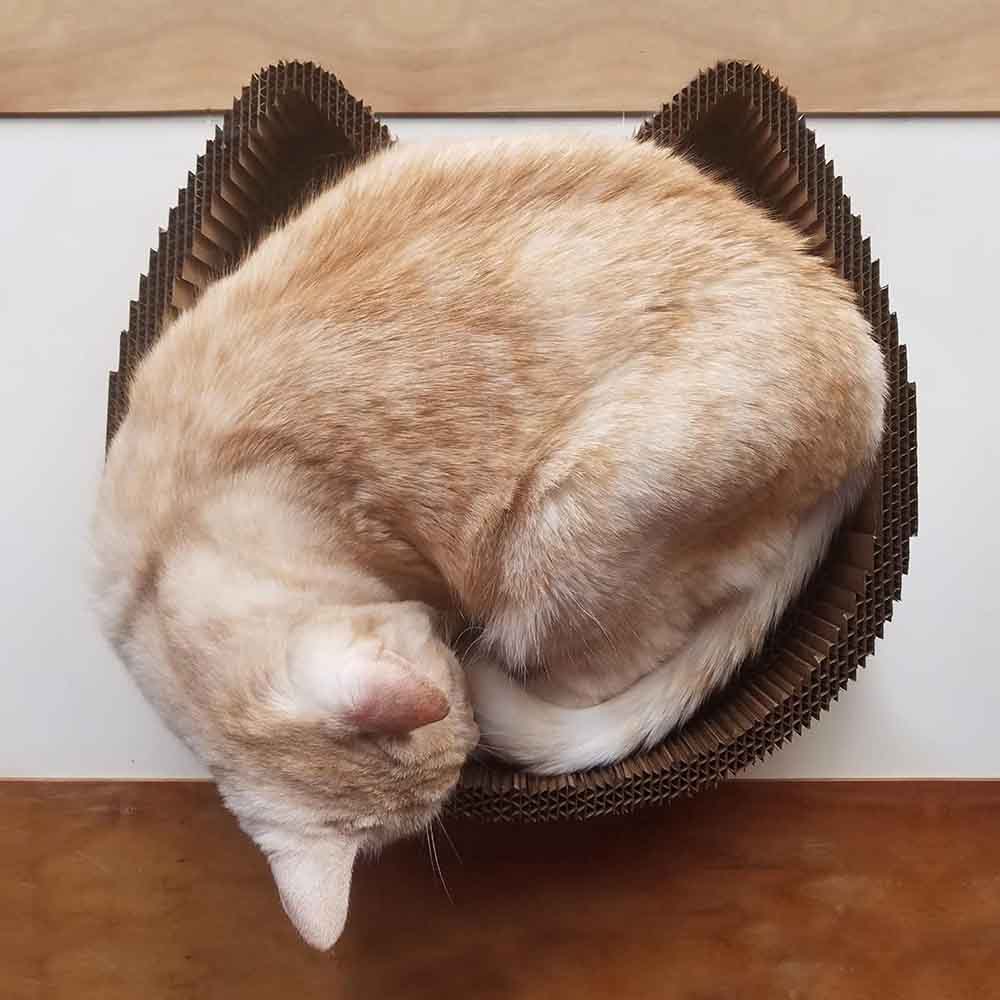How long has it been since you washed your cat's food and water bowls... or has it been too long?
According to a Petco survey, 20% of pet parents clean their pet bowls only once per month. That is not nearly often enough!
In this article, we will share 1) why it's important to clean cat bowls, 2) how to best clean cat bowls, and 3) how often to clean cat bowls.
Germs Lurk on Dirty Cat Bowls
NSF International, a public health and safety organization, found that pet bowls were the 4th germiest household item. Out of 30 items tested, only kitchen sponges, kitchen sinks, and toothbrush holders contained more bacteria, yeast, and mold than pet bowls. Yuck!
Would you let your loved ones eat off your kitchen sponge? No! As a cat parent, it is your responsibility to provide clean bowls to keep your cats healthy.
Causes of Germy Bowls
1. Just like human food, if cat food is left out for too long, harmful bacteria, such as E. coli, Salmonella, Staphylococcus aureus, Pasteurella multocida, Corynebacterium, Streptococcus, Enterobacteria, Neisseria, Moraxella, Bacillus, and Pseudomonas can grow.
2. Cat bowls themselves may be housing bacteria. Plastic and ceramic cat bowls can develop grooves and scratches where bacteria like to hide. Even scrubbing can’t sanitize in between these tiny crevices. As a result, bacteria in the bowl's cracks may be transferred to your cat's food and ultimately to your cat during their next meal. Instead, choose stainless steel cat food bowls.
3. After mealtime, even though your cat's bowl may look empty, that doesn't mean it is clean. Have you ever felt slimy residue around a bowl? Biofilm occurs when bacteria from leftover food and saliva bond together. It can make your cat sick, and it also releases an offensive smell. Your cat’s sense of smell is about twenty times as strong as yours, and a bad smell can deter your cat from eating.
Microorganisms Can Make Your Cat Sick
Ingesting harmful bacteria can make your cat sick, causing diarrhea, vomiting, dehydration, loss of appetite, fever, lethargy, and other serious conditions.
Biofilm, that glue-like substance that remains on dirty bowls, has been linked to periodontal disease, the most common disease in cats under 10 years old. Biofilm hardens into tartar, which can cause inflammation and lead to oral pain, bad breath, bleeding, swelling, and eventually, tooth loss. Gum disease can also affect cats' kidneys, liver, and heart.
So how do you keep your cat safe? Follow these tips!
Tip 1: Use Stainless Steel Cat Bowls (Not Plastic or Ceramic)
Plastic and ceramic cat bowls are prone to tiny cracks and crevices, sometimes even invisible to your eyes. These cracks and crevices become a breeding ground for bacteria and are impossible to fully sanitize. So, avoid plastic or ceramic cat bowls.
Instead, use a stainless steel cat bowl. Stainless steel is non-porous, so bacteria cannot enter stainless steel's solid surface. Also, stainless steel can be fully sanitized.
Recommendation: Americat Company Stainless Steel Cat Bowls
Americat Company stainless steel cat bowls are made in the USA from U.S. stainless steel in a facility that also makes human medical and culinary products. This durable stainless steel keeps bacteria out. Also, the wide and shallow design allows cats to comfortably reach every bite, reducing the likelihood of leftover food.
Tip 2: Clean Cat Bowls Thoroughly
Clean Cat Bowls in the Dishwasher
If possible, toss your cat bowls into your dishwasher on the highest setting. Hot water that reaches at least 150°F (or 65.6°C) knocks out 99.9% of the germs.
Clean Cat Bowls by Hand
If hand washing cat bowls, use hot, soapy water, as hot as you can stand. Avoid using scouring pads or steel wool, which scratch bowls. Instead, clean your cat's bowls with a soft sponge or rag used for that purpose only, so you don't cross-contaminate.
Let cat bowls air dry or dry them with a towel. If using a towel, wash it afterwards. Spray disinfectant in the sink and wash your hands.
Tip 3: Clean Cat Bowls Daily
Give your cat a clean cat food bowl EVERY SINGLE DAY - either wash your cat's bowl daily or have extra bowls on hand.
If your cat is on a raw food diet, consider giving your cat a clean bowl after each use.
Change your cat's water each day and swap out your cat's water bowl at least every 2 days.
If you don't run your dishwasher every day or have time to hand wash your cat food and water bowls daily, have extra cat bowls on hand. I keep a stack of these stainless steel cat bowls next to the cat food, so I can give my cats clean bowls each morning.
Many cat parents have been vulnerable and shared with us that they were not cleaning their cat bowls as thoroughly or as often as they should. We understand, which is why we wrote this article to help educate.
Give your cats clean, stainless steel bowls daily to help keep your little babies healthy and happy!
About Us: Americat Company is where love for cats meets American craftsmanship. Founded in 2016, we are a cat-loving, woman-owned, small business. We make cat products in the USA from safe, durable, U.S. materials. Shop all our made in the USA cat products here.






